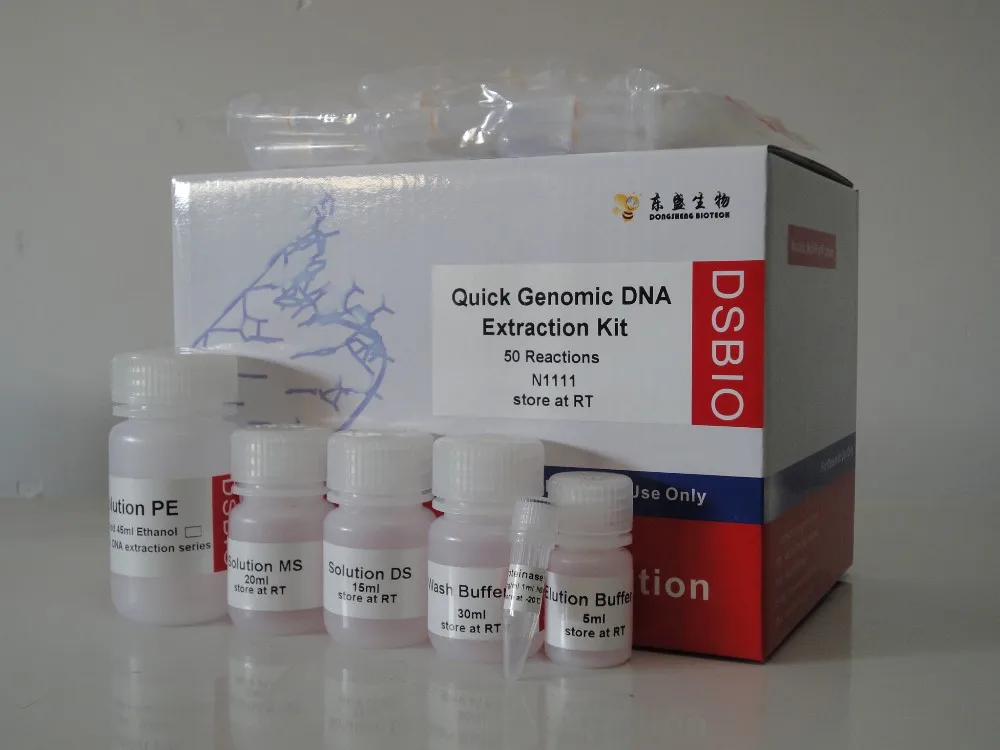
The following protocol for SDS removal was developed for cytoplasmic intermediate filaments, and we successfully applied it to lamin A. Supporters include the National Science Foundation, the Defense Advanced Research Projects Agency and the Office of Naval Research.Gel extraction works best from SDS–PAGE, but must be followed by removal of SDS, which interferes with binding assays and intermediate filament assembly ( Steinert, Idler, Cabral, Gottesman, & Goldman, 1981). The paper is called “Creating Small Transcription Activating RNAs,” and its co-authors are postdoctoral associate James Chappell and graduate student Melissa Takahashi. “This is going to open up a whole set of possibilities for us, because RNA molecules make decisions and compute information really well, and they detect things really well,” Lucks said. RNA-engineered gene networks could also offer diagnostic capabilities, as similar RNA circuits have been shown to activate a gene only if, for example, a certain virus is present. Lucks envisions RNA-only, LEGO-like genetic circuits that can act as cellular computers. In fact, new experimental and computational technologies, some developed by Lucks’ lab, are now giving quick access to their structures and functions, enabling a new era of biomolecular design that is much more difficult to do with proteins. RNA is Lucks’ favorite molecule because it’s simple – much simpler than a protein – and its function can be engineered by designing its structure.
Gel function using gene construction kit how to#
“We’ve figured out how to design another RNA that unlocks part of that puzzle.

“RNA is like a molecular puzzle, a crazy Rubik’s cube that has to be unlocked in order to do different things,” Lucks said. The effect is like a lock-and-key system for turning genes on, with STARs acting as a set of genetic keys for unlocking cellular genetic programs. When the STAR is present, it removes this blockade, turning on the downstream gene by allowing transcription to take place. The STAR system involves placing a special RNA sequence upstream of a target gene that acts as a blockade and prevents the cell from transcribing that gene. They’ve engineered an RNA system that acts like a genetic switch, in which RNA tells the cell to activate the transcription of a specific gene. In the lab, Lucks and colleagues have assigned RNA this new role. While RNA is known to do this in many ways, one thing it can’t do in nature is start the process by turning on, or activating, transcription – the first step in gene expression, and the core of many cellular programs. While DNA acts as nature’s hard drive, storing the genes that make up our genome, RNA is part of the cellular computer that activates the hard drive by helping the cell tune the expression of specific genes, Lucks says. RNA is a single-stranded version of its close cousin, DNA, which makes up the double-stranded genome of all living organisms. “We’ve created a whole new toolset of regulation,” said Lucks, who describes RNA as “the most engineerable molecule on the planet.” They call their engineered RNAs STARS – Small Transcription Activating RNAs – described online in Nature Chemical Biology, Feb. Synthetic biologists led by Julius Lucks, assistant professor of chemical and biomolecular engineering, have created a new genetic control mechanism made exclusively of ribonucleic acids (RNA).

Cornell scientists have created a new “on” switch to control gene expression – a breakthrough that could revolutionize genetic engineering. All life processes depend on genes turning on and off.


 0 kommentar(er)
0 kommentar(er)
